Singapore’s under-rated reefs
 November 5, 2017
November 5, 2017
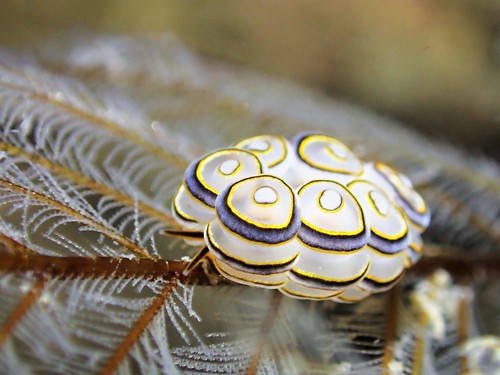
By Debby Ng: I don’t get to dive Singapore waters as often as I used to since I returned to university to work on a degree (one more year left!). However, I’ve not had to lose touch with our reefs because of the troves of photographers that enthusiastically visit our reefs every weekend. I rely on their images to continue to discover our reefs, and they have really taken me on a journey. Each time I receive photographs from divers, I sit at my desktop, big smile on my face, eyes wide open, thrilled to share their discoveries. Sometimes, in the quiet of my room, I let out a big “WoOoW!” almost teary eyed, completely blown away by their discoveries. (Above: Doto greenamyeri, 2017 © Gina Tan)
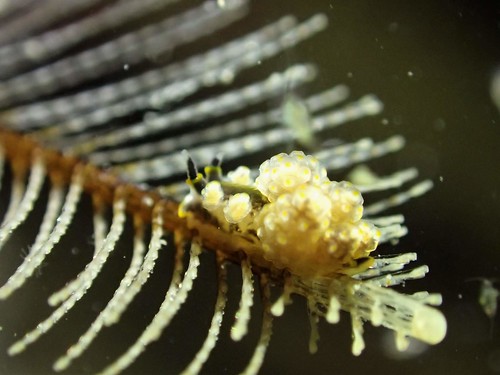
I began diving at Pulau Hantu in 2003, and have done over a thousand dives in Singapore waters, but it appears that our tiny and humble reefs continue to hold many mysteries. As different explorers and photographers visit our reefs, they bring with them a new perspective, a different curiosity. The diversity of visitors on our reefs is revealing more insight into our reefs than ever before. Some visitors are truly passionate, investing time to learn more about the subjects that they have photographed. Others are developing their art form through photography, and raising awareness about our reefs, not just to the local community, but to global underwater enthusiasts as well. (Above: Doto sp. on hydroid, 2017 © Gina Tan)
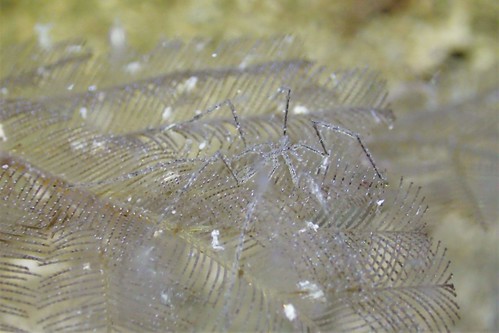
Why does it matter if there is a sea slug in the sea? Or a sea spider? Or a cuttlefish? Singapore is so small. And these can be found elsewhere. Why care? (Above: Sea spider on hydroid, 2017 © Gina Tan)
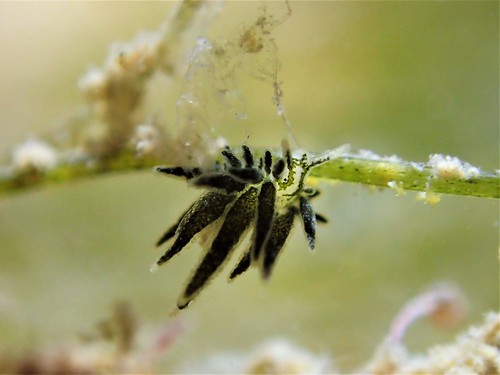
In 2006, I spent a year doing fish research for the International Union for the Conservation of Nature. I visited reefs throughout the Indonesian archipelago, and visited numerous fish farms and interviews dozens of fishermen who depended on these reefs. I surveyed reefs, counted fish, studied federal and provincial government records of fish exports and domestic sales. I met fishermen who hunted with nets, spears, bombs. Rich fishermen and poor fishermen. Amongst the places I visited, the story was the same – fish harvests have crashed, and reefs are being lost everywhere. Yet no one seemed fazed. “There are lots of reefs all over Indonesia” they say.
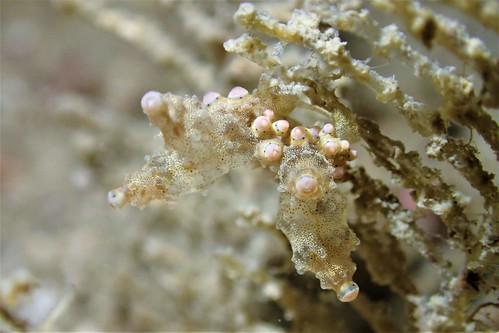
This mindset that there is always something better “out there” might be working against us. In fact, the nuances of this idea were recently discussed in an article that describes the consequences of this belief as “the tragedy of the commons”. While the article is focussed on species, I think the concept can be related to landscapes. There is nothing unique about Singapore reefs, something that reaaally sets it apart from others. It is not the deepest, or the biggest. It doesn’t have the highest abundance of some species, and isn’t the home of some species found nowhere else in the world. But these shouldn’t be the reasons we protect something. In fact, it seldom is enough reason to protect something. The greatest national parks in the world became what they are because people simply loved them – Landscapes that inspire awe and reflection, and that form a part of a people’s identity. With all the photographers visiting Pulau Hantu now, its reefs are inspiring art and stories, and hopefully, an identity. We need more people to tell these stories, whether with words or with pictures. (Above: Eubranchus mandapamensis, 2017 © Gina Tan)
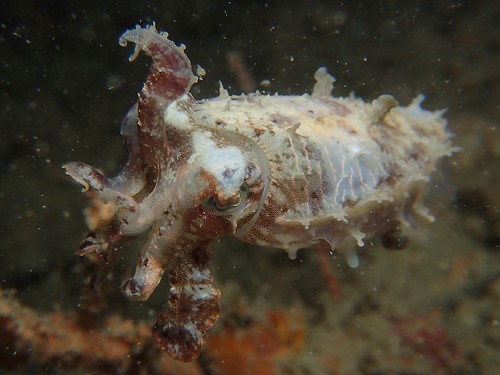
One of my heroes Ria Tan, mentioned in an interview with TODAY that a visit to the reef “is like visiting a friend”. The way I see it, no two friends are the same. They are all unique in some subtle way, even though they may outwardly appear the same. Each friend has different traits that the other may lack. You can’t really say one is better than the other, because they are not exactly the same. And you don’t really want just one “great” friend, you want a diverse group of friends, because each can inspire you in different ways. Even if you did only want one great friend, your measure of “greatness” is based on your personal metric only, and may not be a useful measure of greatness. That is, what you think is great today, may no longer be great tomorrow. (Above: Cuttlefish, 2017 © Toh Chay Hoon)
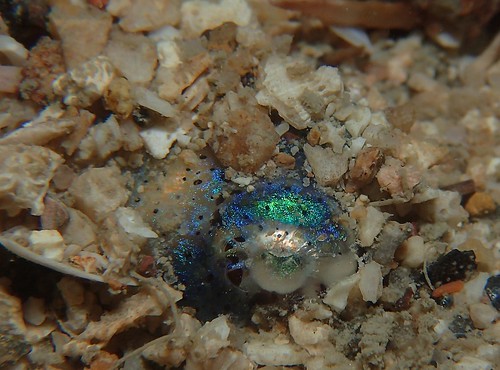
We know so little about our reefs, and just when we learn something new, things change. So our information is never quite complete. We only have the best of our knowledge, not complete knowledge. That a place like Singapore, which people don’t instinctively associate with living and diverse reefs, has such a wonderful community of divers who are eager to explore and share their knowledge, is a great reason to treasure our reefs. Diving in Singapore should not just be a past time, but a “future time” so to speak. A place where divers of today can share with divers of tomorrow. A place that is our own. Not the deepest, or the biggest, but Singapore’s – unlike anywhere else in the world, in its own right. Where people can steal away for a day for some epic diving and encounter marine wildlife that call Singapore reefs home. (Bobtail squid, 2017 © Toh Chay Hoon)
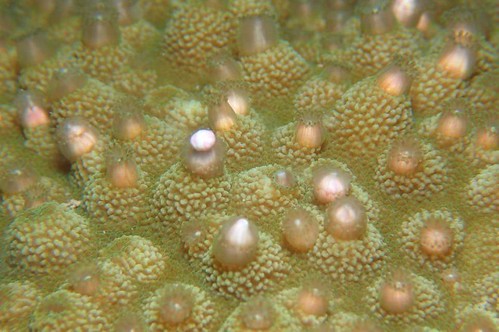
One of the biggest discoveries from this dive was an unexpected spawning of a colony of Astreopora coral (above, 2017 © Toh Chay Hoon). Singapore islands, its reefs, convenient accessibility, and prominence makes it a great place for nurturing a community of coral reef enthusiasts, divers, photographers, scientists, and artists. And hopefully, the stories of these explorations will continue to grow and gain popularity, such that it bursts out of the underwater realm, such that non-divers can also appreciate and identify with the wonders of Singapore reefs.
 Posted in
Posted in 



 content rss
content rss
COMMENTS